What's Trending and Why Dovetails Are Coming Back into Favor
The year 2024 brings with it fascinating changes in the world of interior design and architecture. Wood, as one of the oldest and most versatile building materials, is constantly evolving, adapting to contemporary trends. This year, natural finishes, distinct wood textures and the renaissance of traditional carpentry techniques such as dovetail joints stand out. Let's take a closer look at what's trendy right now and why dovetails are becoming so popular again.
Natural Finishes and the Raw Beauty of Wood
In 2024, authenticity reigns supreme. Interior designers are focusing on natural wood finishes that emphasize its raw beauty. Clearly visible grain, slightly rough surface and subtle differences in wood shades are now in fashion. More and more often, intensive varnishing is being abandoned in favor of oiling or waxing, which preserve the natural look and texture of the wood.
The Renaissance of Traditional Carpentry Techniques
In a world where craftsmanship is taking on a new meaning, traditional carpentry techniques such as dovetail joints are gaining popularity. Dovetails are not only a symbol of carpentry mastery, but also a beautiful decorative element. Visible joints that were previously hidden are now exposed as evidence of craftsmanship and attention to detail. Especially in furniture inspired by Scandinavian or Japandi style, where simplicity of form is combined with functionality, dovetails are becoming a key element of design.
Minimalism with a Wooden Accent
Minimalism still dominates interior design, but in 2024 it takes on a warmer, cozier character thanks to wooden accents. Wood appears in the form of subtle details - from small furniture, through shelves, to window frames and doors. This is where the dovetail technique finds its application. These connections not only strengthen the structure, but also add a unique, crafted character to the furniture, which breaks the coldness of minimalist interiors.
Back to Crafts and Arts
The year 2024 is also a return to craftsmanship. More and more people appreciate handmade products that tell the story of their creator. Furniture with visible dovetail joints is becoming not only a functional element of interior design, but also an artistic work. These handmade joints require precision and experience, which makes each piece of furniture unique.
Sustainable Design and Durability
Sustainability remains a key trend in interior design. Wood from certified sources, joints that minimize the use of glues and metal connectors - all this fits into the philosophy of ecological design. Dovetail joints, known for their strength, allow you to create durable furniture that will last for generations. It is not only an aesthetic choice, but also a conscious action for the environment.
Summary
The year 2024 brings a return to the roots – the natural beauty of wood, traditional carpentry techniques and sustainable design are becoming the foundation of modern interiors. Dovetails, a symbol of craftsmanship, are back in fashion, combining functionality with unique style. If you want your interior to be fashionable and durable at the same time, choose wood and connections that have stood the test of time.












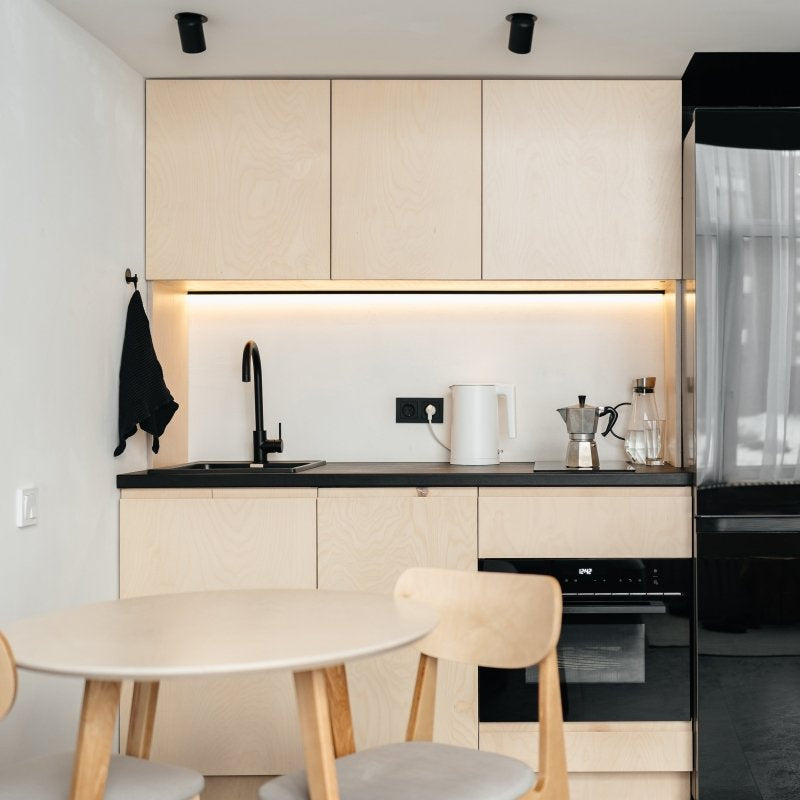





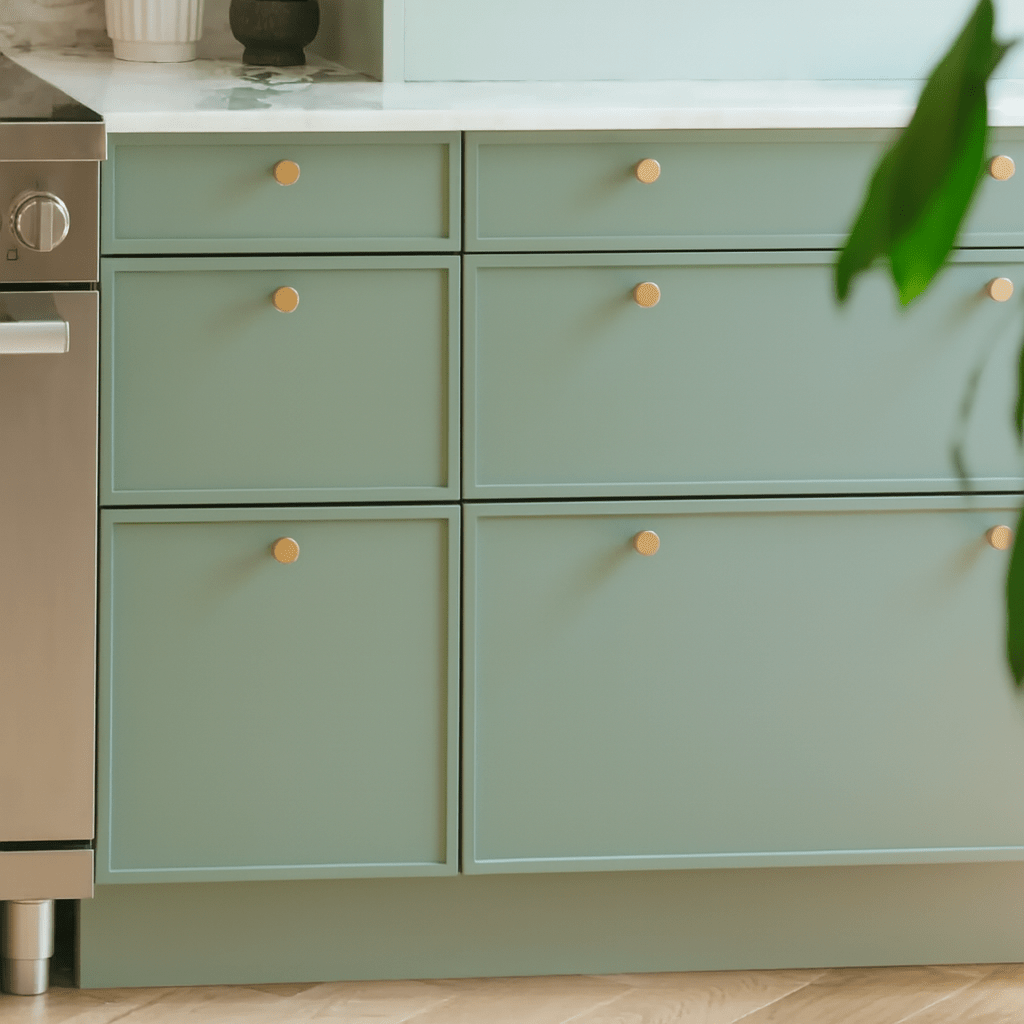









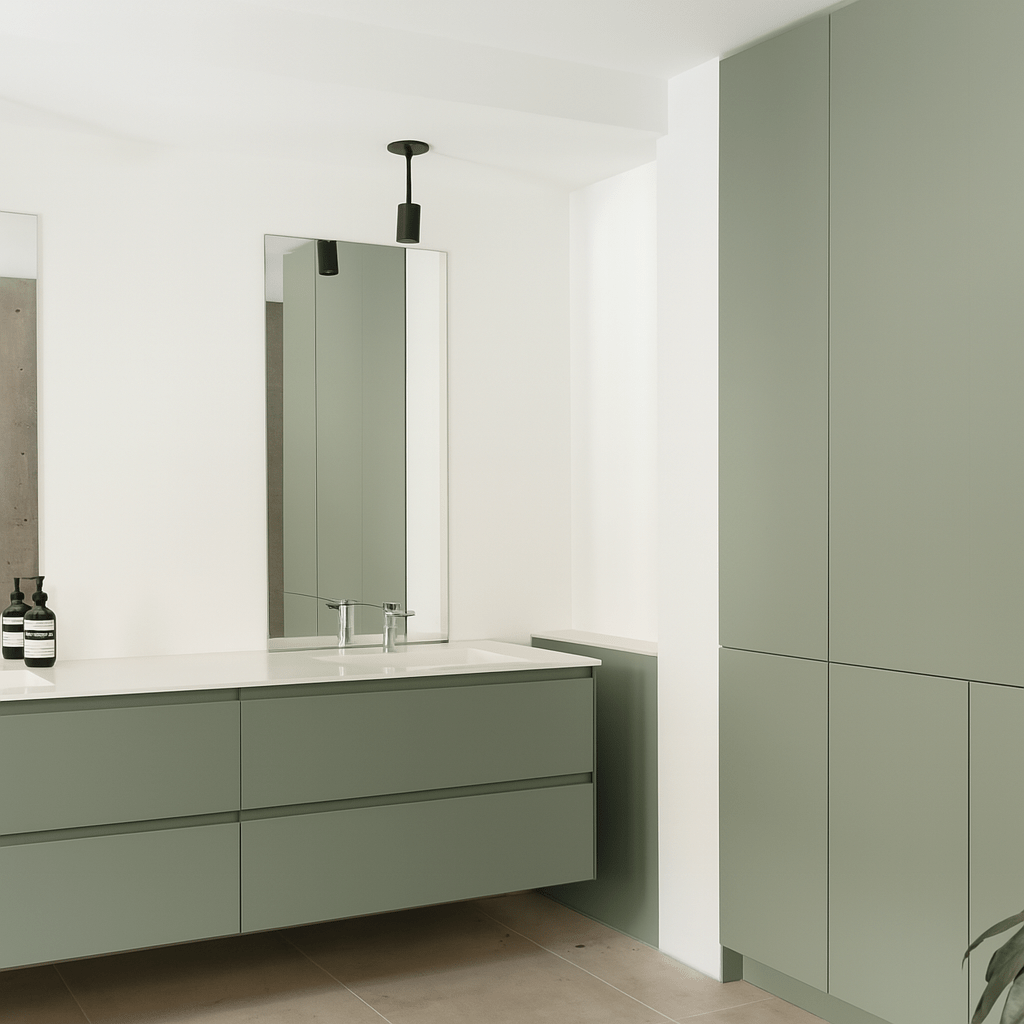






























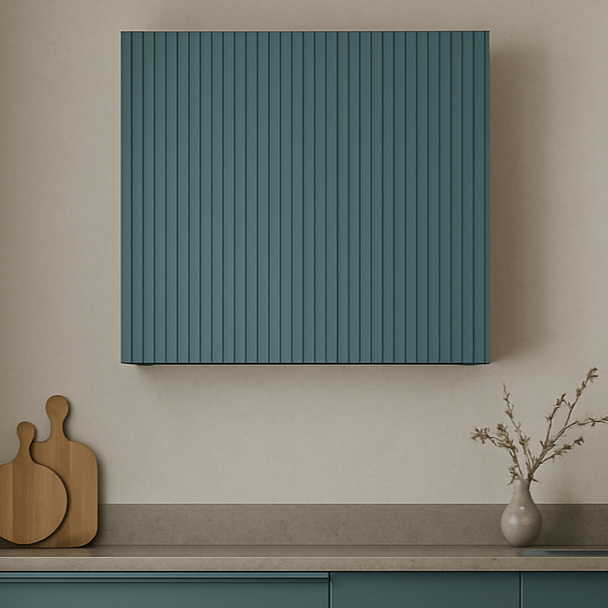








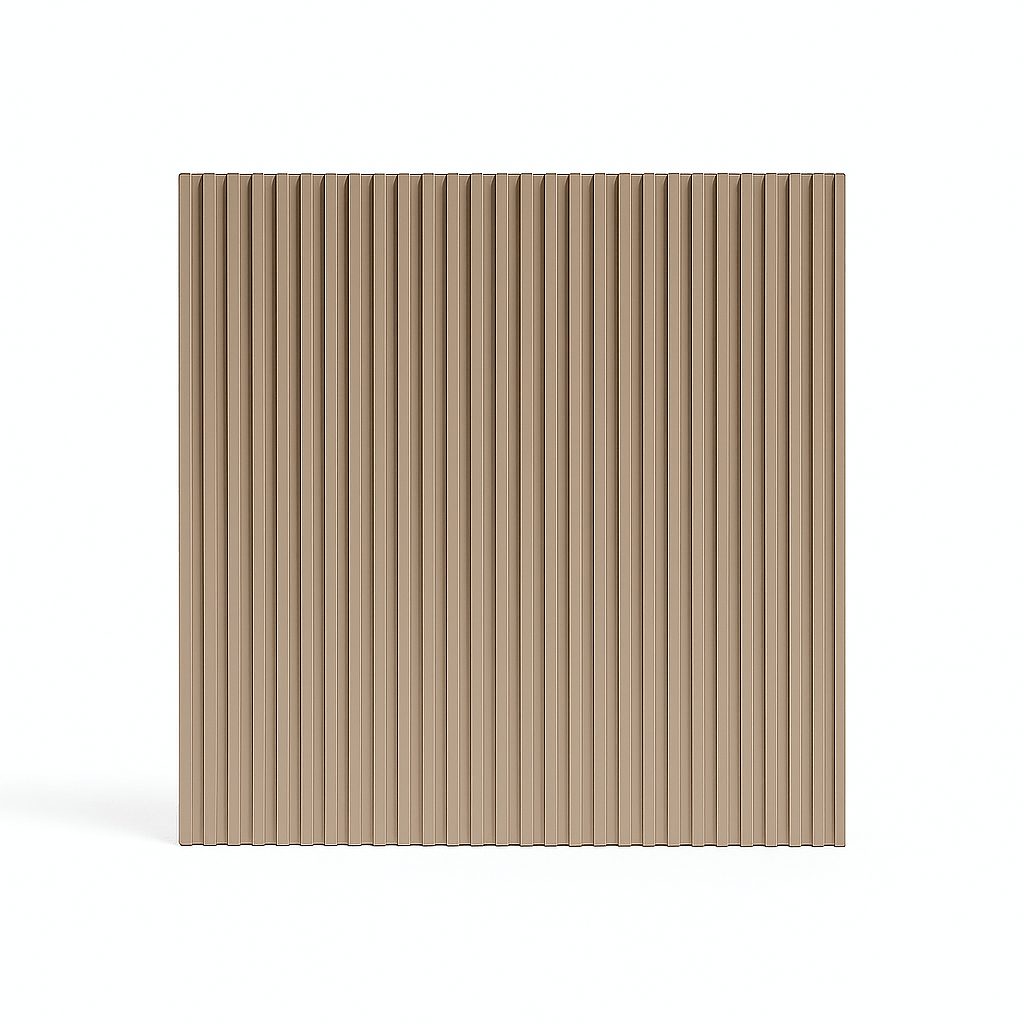

0 comments